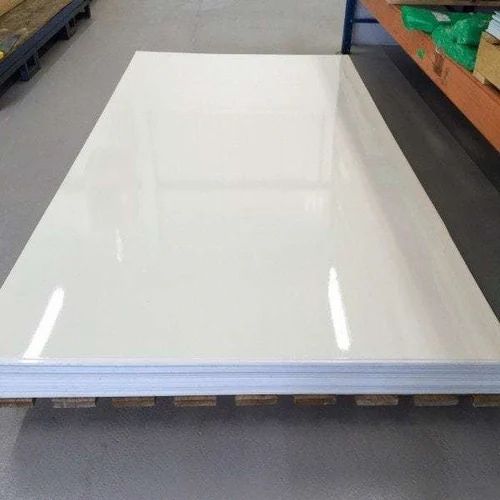
Polyvinyl chloride, commonly known as PVC, is a versatile synthetic polymer that has found its way into various industries due to its affordability, durability, and ease of use. However, beneath its seemingly beneficial properties, PVC harbors a dark side that warrants closer examination. In this article, we will delve into the undesirable properties of PVC, shedding light on the potential risks and environmental concerns associated with its usage.
- Toxicity:
One of the most concerning aspects of PVC is its toxic nature. PVC contains additives such as phthalates and lead, which are known to be harmful to human health. Phthalates, used to soften PVC, have been linked to endocrine disruption, reproductive issues, and even cancer. Moreover, the production and incineration of PVC can release dioxins, a group of highly toxic chemicals that can accumulate in the environment and pose serious health risks. - Environmental Impact:
PVC's environmental footprint is another cause for concern. The manufacturing process of PVC involves the release of chlorine gas, contributing to air pollution. Additionally, PVC is not biodegradable and can persist in the environment for hundreds of years, leading to long-term pollution. When PVC products are incinerated or disposed of improperly, they release toxic chemicals and contribute to the generation of hazardous waste. - Fire Hazard:
While PVC is known for its fire-resistant properties, it poses a significant fire hazard when it does ignite. When PVC burns, it releases toxic gases, including hydrogen chloride, dioxins, and furans, which can be harmful to both humans and the environment. These toxic emissions can have devastating consequences in the event of a fire, jeopardizing the safety of individuals and exacerbating the environmental impact. - Recycling Challenges:
Despite efforts to promote recycling, PVC poses challenges in the recycling process. The presence of additives and contaminants in PVC products makes it difficult to recycle effectively. Moreover, the recycling of PVC can result in the release of hazardous substances, further complicating the environmental impact. Finding sustainable solutions for PVC waste management remains a significant challenge.
Conclusion:
While PVC has undoubtedly played a crucial role in various industries, it is essential to acknowledge its undesirable properties and associated risks. The toxicity, environmental impact, fire hazard, and recycling challenges associated with PVC highlight the need for alternative materials and responsible usage. As consumers and industry professionals, it is our responsibility to prioritize sustainability and explore safer alternatives to minimize the negative impact of PVC on our health and the environment.

